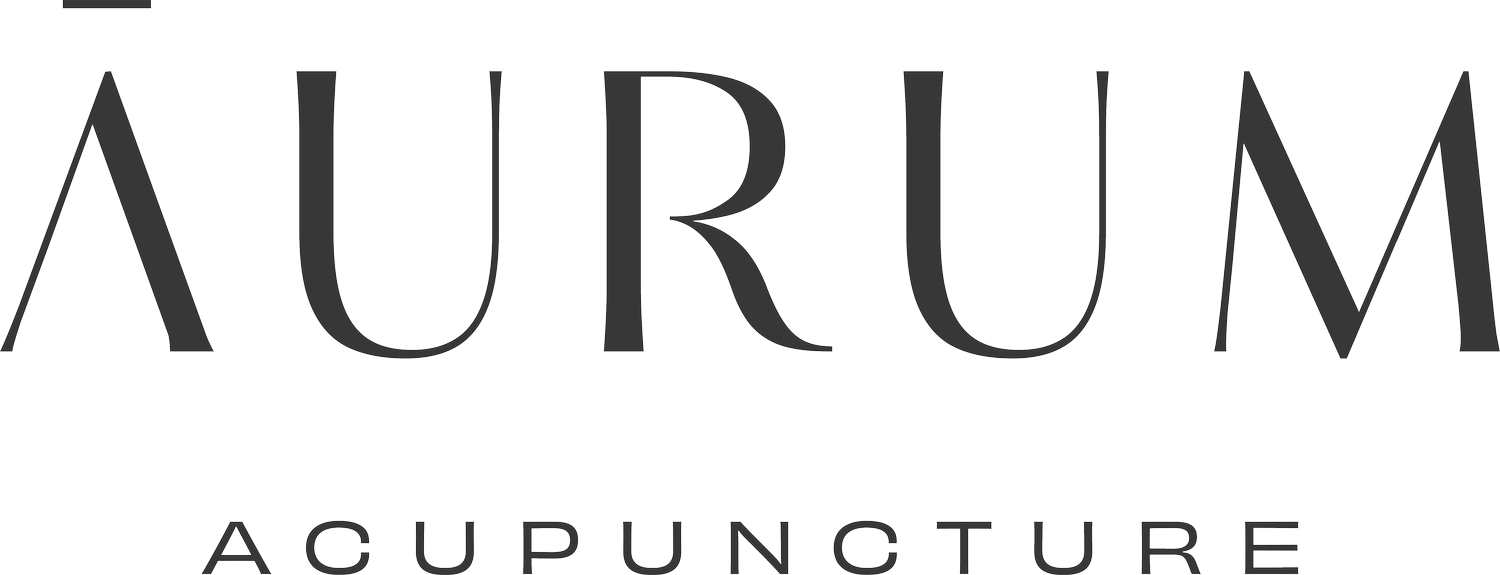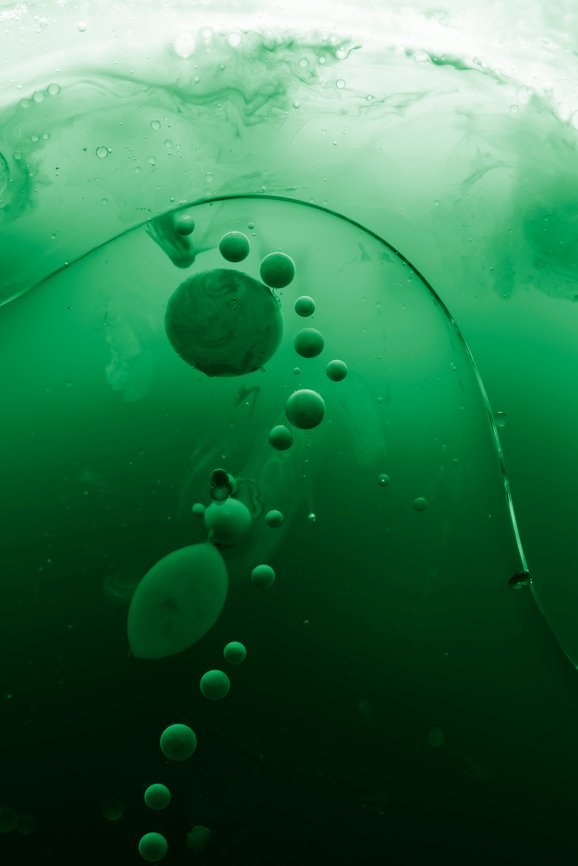Polycystic ovarian syndrome, or PCOS, affects between 8% to 20% of reproductive-age women worldwide. PCOS is a hormonal disorder which has numerous symptoms, many of which can seem unrelated. Typically, health care providers will look for these common characteristics in a potential PCOS patient:
Absence of ovulation
Cysts on the ovaries
Excess androgens
A PCOS diagnosis is not always definitive, but rather health care providers typically look for a grouping of several PCOS related symptoms in order to determine the diagnosis. Additional symptoms can include: irregular menstruation, infertility, excess hair growth, persistent acne, and/or stubborn weight gain particularly around the middle. Unfortunately, “researchers know that genetic and environmental factors contribute to the development of polycystic ovary syndrome (PCOS), but do not know exactly what causes PCOS”.
The problem with PCOS is that since the diagnosis is not always definitive (meaning the diagnosis is based off a number of symptoms a patient has rather than through any diagnostic test result) and “it is a multifaceted disorder affecting endocrine, nervous and cardiovascular systems and has many metabolic repercussions and clinical repercussions” with the causes of PCOS remaining unknown, patients who have PCOS are are left to manage the symptoms of PCOS as opposed to addressing whatever the root cause is. This leads to a lot of symptom chasing and frustration on the patient’s part. Many times, the solution from the Western doctor is to put a woman on birth control to “regulate” her cycle - which is not regulating anything because birth control, unless it is the copper IUD, cuts off communication between the brain and the ovaries or to utilize IVF to get a patient pregnant.
Often patients arrive at the acupuncturist’s office with a long list of complaints as a result of their diagnosis, with very little real help being offered by their Western health care provider. The biggest complaint is that of irregular menstruation and anovulation (lack of ovulation) leading to amenorrhea and infertility problems. Women often speak about having a history of irregular periods, with or without ovulation, and are now trying to get pregnant without success.
Luckily for them, acupuncture has demonstrated efficacy in treating not only the symptoms of PCOS, but also in treating the fertility problems women with PCOS face. In a study published in the American Journal of Physiology Endocrinology and Metabolism in March 2013, it was shown that “repeated acupuncture treatments with manual and electrical stimulation in lean/overweight women with PCOS results in a higher ovulation frequency during the treatment period than in the control group.” Additionally, circulating levels of a variety of hormones (including estrone, estrone sulphate, estradiol, DHEA and testosterone) were found to have decreased significantly more in the acupuncture group compared to the control group.
The efficacy of the acupuncture in PCOS cases can be contributed to a number of things, but the primary take away is that acupuncture has a profound effect on the central nervous system, and in turn on the endocrine system. Helping to regulate hormones naturally, helps to regulate the hypothalamic-pituitary axis which is vital to a well functioning female reproductive system. Acupuncture is a relatively side-effect free way of regulating these hormones, as well as promoting proper blood circulation in the female reproductive organs through its effect on the central nervous system.
The takeaway here is that anyone seeking help for PCOS fertility issues - or any other PCOS related concerns - should feel confident seeking out an acupuncturist to help with these issues. Acupuncture is painless, effective, and relatively side effect free, which I know we can all get behind! If you or anyone you know is looking for help with PCOS related issues, feel free to give us a call at 646-760-9880 or email us at hello@aurumacupuncture.com to learn more about the benefits of acupuncture or to book an appointment!





